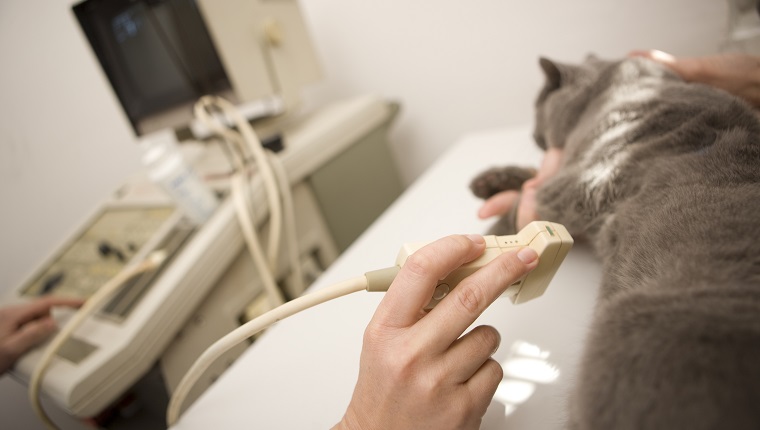Bile duct cancer in cats is a malignant form of cancer that can develop in the lining of the liver’s bile ducts and within the liver’s bile ducts themselves. It can spread quickly to other organs in the body and is often difficult to treat successfully.
While it does not seem to target cats of a specific breed more than others, the disease does…









